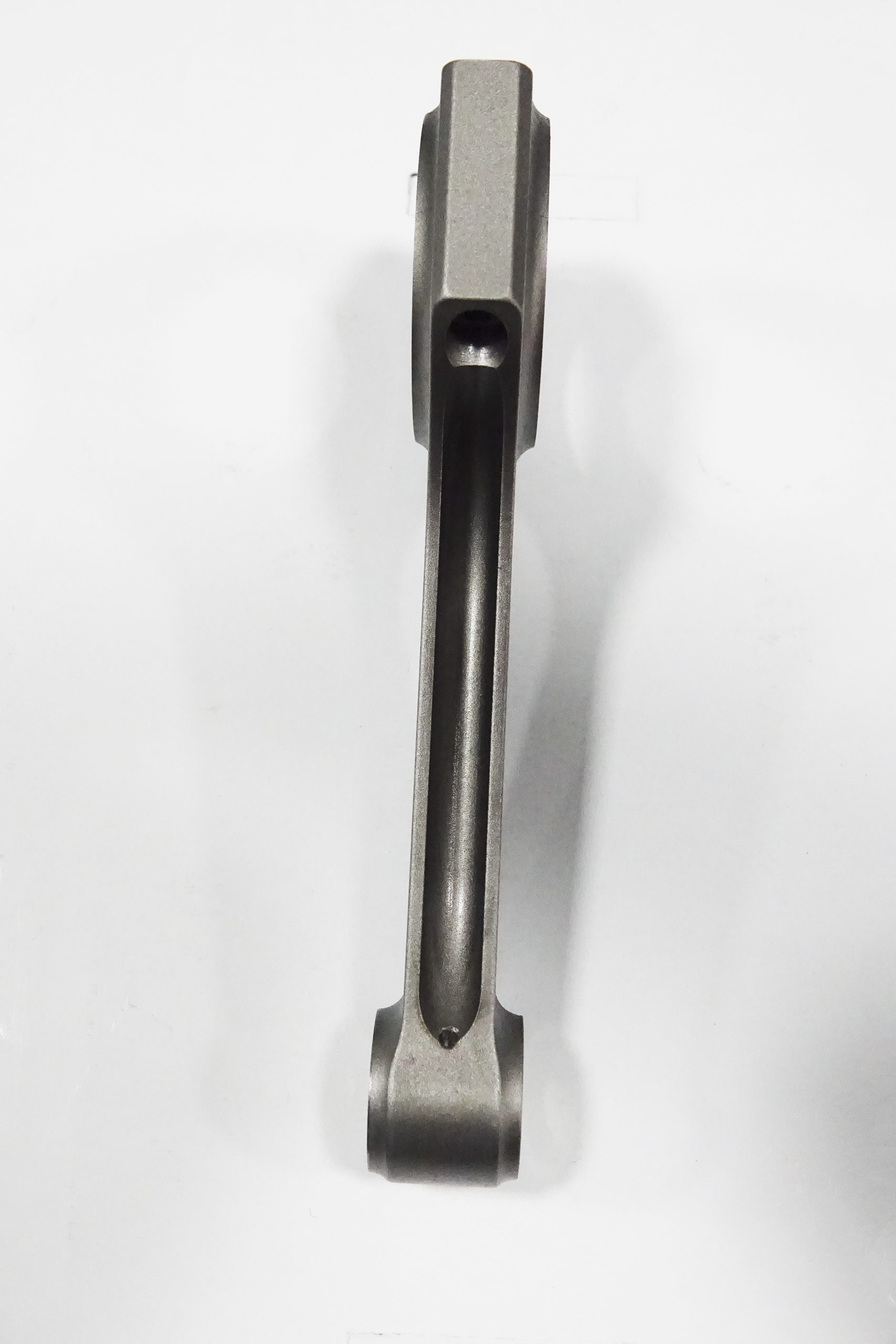The connecting rod engine is a crucial component in the world of high-performance vehicles, as it serves as the critical link between the piston and the crankshaft. These rods play a pivotal role in transferring the force generated by the pistons to the crankshaft, converting linear motion into rotational motion, ultimately powering the vehicle’s wheels.
In the realm of high-performance engines, connecting rod design and material selection are of paramount importance. The choice of materials and construction techniques can significantly impact the engine’s overall performance, reliability, and longevity.
One popular option for connecting rod construction is forged steel. Forged steel connecting rods are known for their exceptional strength and durability, making them a popular choice for high-performance applications. Forged steel rods can handle the high-stress environment of a high-performance engine, reducing the risk of failure and prolonging the engine’s life.
Another common material choice for connecting rods in high-performance engines is aluminum alloy. These lightweight rods can offer a significant reduction in weight compared to steel counterparts, leading to improved engine response and acceleration. Additionally, aluminum connecting rods can aid in reducing engine vibration, contributing to a smoother and more comfortable driving experience.
Titanium connecting rods represent the pinnacle of performance and lightweight design. These rods boast an incredible strength-to-weight ratio, providing the durability and performance of steel rods while offering the weight savings of aluminum. However, the high cost of titanium makes it a less common choice for all but the most extreme performance applications.
Regardless of the material chosen, properly balancing connecting rods is essential to ensure smooth engine operation and prevent premature wear. Connecting rod balancing involves weighing each rod and matching them to a set with similar weights, reducing the potential for vibration and stress within the engine.
Advancements in connecting rod technology continue to push the boundaries of engine performance. Innovations such as variable compression connecting rods and the use of exotic materials promise to deliver even greater efficiency and power output in the future.
In conclusion, the connecting rod engine is an integral component in the high-performance automotive world. The careful selection of materials and design, as well as ongoing advancements in technology, contribute to the continued development of engines capable of delivering remarkable power, efficiency, and reliability.
